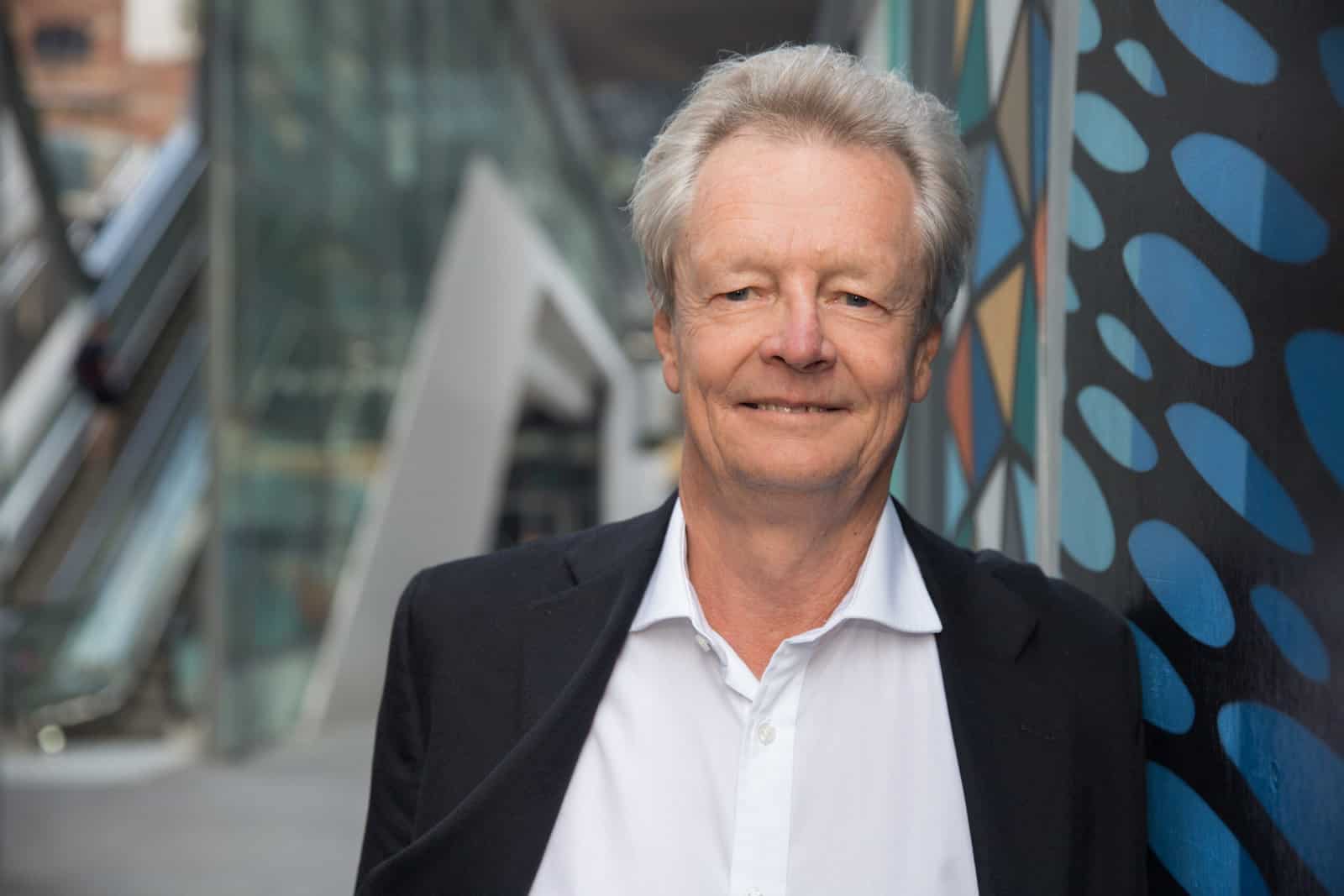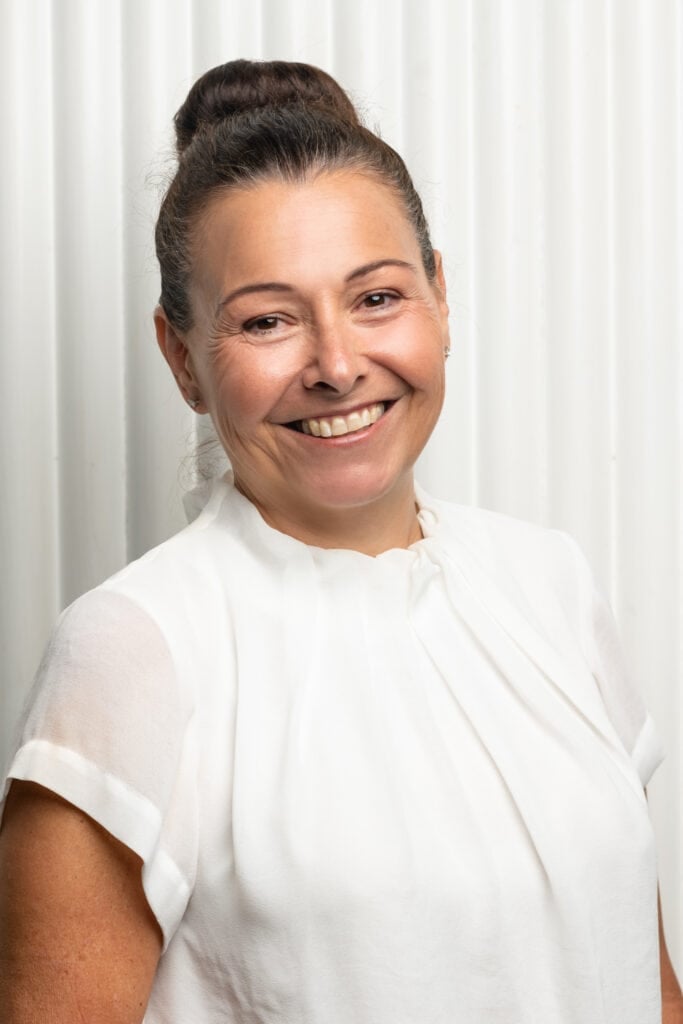Tony Hale, CEO of ad agency body Advertising Council Australia (ACA), isn’t convinced that the UK’s Pitch Positive Pledge would work here.
He has a “touch of scepticism” with cross-industry best practices as they tend to be a “bit of a generalisation” for what he called an “adolescent market”, he told Mediaweek, responding to TrinityP3’s inaugural State of the Pitch report released this week.
Hale noted that the Positive Pitch Pledge is well suited to the “well-constructed” and “very organised” UK market in contrast to the “Wild West frontier” of Australia and its “colourful, aggressive and competitive market.”
“It’s [Australia] an adolescent market, and what you’re doing with the Pitch Positive Pledge is probably appealing to the majority.
“So, will a Pitch Positive Pledge work in its own right? It might have some impact, but that won’t resolve the situation.”
The State of the Pitch report showed that agencies are facing pitch lists up to 45 agencies long and a lack of process and respect for a process that’s costing them money: 89% aren’t paid for the resources and work that goes into a pitch.
Among the recommendations TrinityP3 proposed in response to the findings was an Australian version of the UK’s Pitch Positive Pledge.
Founder and CEO of TrinityP3 Darren Woolley said local industry bodies could create a similar resource: “This points out a drastic need for an informational and educational effort to teach marketers, procurement people, and even some consultants how to run a pitch.”
Sophie Madden, CEO of the Media Federation of Australia (MFA), pointed to the MFA’s Successful Agency Pitching Guide, which involved widespread consultation from the industry. “We [the MFA] are always keen to collaborate in order to influence positive change in our industry. Collaboration and honest conversations are critical.”
Madden said she is a fan of the UK’s Positive Pitch Pledge initiative to serve as a “complement to existing efforts, rallying the industry and highlighting positive behaviour.”
Sam Buchanan, CEO of the body for independent media agencies, Independent Media Agencies of Australia (IMAA), is on board with a local version of the pledge. “The IMAA firmly believes that anything that improves the industry is good, so we would welcome pitch guidelines that keep the industry honest and accountable,” he said.
Marketers could appoint based on creds
Hale noted a conundrum: despite the issues with pitching, agencies want to pitch because it’s a chance to show off in a competitive market, “particularly independent agencies that are still growing their reputation.”
The problem, according to Hale, is that increased pitching has increasingly “become the norm” and a “knee-jerk reaction”, even for lower-end projects that are short-term project-oriented work.
“Realistically, if marketers knew what they were doing in terms of client relationships, they could just about appoint agencies on credentials and capabilities, rather than going out to pitch.”
Buchanan said, “our industry will always have some bad actors who will make pitching more difficult for agencies and clients who try to do the right thing.
“However, it is pleasing to see the beset and often opaque pitching processes being brought to light and hopefully held to account.”
Woolley told Mediaweek that industry bodies should help marketers by having conversations about different ways of running pitches and what constitutes acceptable and unacceptable demands.
Don’t waste ‘your time and the agencies’ time’
Madden shared that while most MFA members have reported positive pitching experiences to her, they have also seen badly managed pitches that waste everyone’s time.
“From a marketer’s perspective, you should go into a pitch with a clear understanding of your objectives and focus on delivering to them rather than wasting your time and the agencies’ time,” she said.
“The most important thing is to understand that pitching is a time-consuming process for everyone involved, and it should be respected.”
Buchanan agreed that good and bad pitch experiences are part of the industry. “Indie media agencies are more resilient than most and just want the chance to compete on a level playing field,” he added.
Pitch guides with ‘no punishment’
The MFA, in partnership with the AANA, created the Successful Agency Pitching Guide in 2021 to outline best-practice principles, from determining if a pitch is an appropriate course for an advertiser, to preparing for tender, and ensuring the process is fair.
Madden said while the guide has been a good first step, more work still needs to be done to improve practices for agencies, clients, and employees, which the AANA and MFA boards will work on this year.
She noted that the MFA will focus on ingraining best practice principles to deliver an enduring impact and achieving a pitch process tailored to each project, aligned with its scale and scope.
The MFA’s role is to provide accountability that leads to behaviour change. “Tracking the impact of key issues, having conversations – just like we are right now – and holding people to account is the best pathway to positive change.”
Buchanan said these pitch process guidelines have been good for the industry: “Whether agencies will adhere to those guidelines when there is no ‘punishment’ is another question.”
Hale noted that the ACA has its own set of guidelines, the Agency Partnership Principles. He pointed out that the industry’s biggest issue, and what needs to change, is the churn at the lower end of pitches, which disrupts the market.
“From an industry point of view, the amount spent on pitches significantly outweighs the profit generated, and the industry is not winning. Even if you take averages on those numbers, it will take 18 months to generate consistent revenue before you start breaking even.
“Agencies have got to be better at saying no, and marketers have got to be smarter at understanding when they should put things out for a competitive pitch.”
–
Top image left to right: Tony Hale, Sophie Madden and Sam Buchanan



